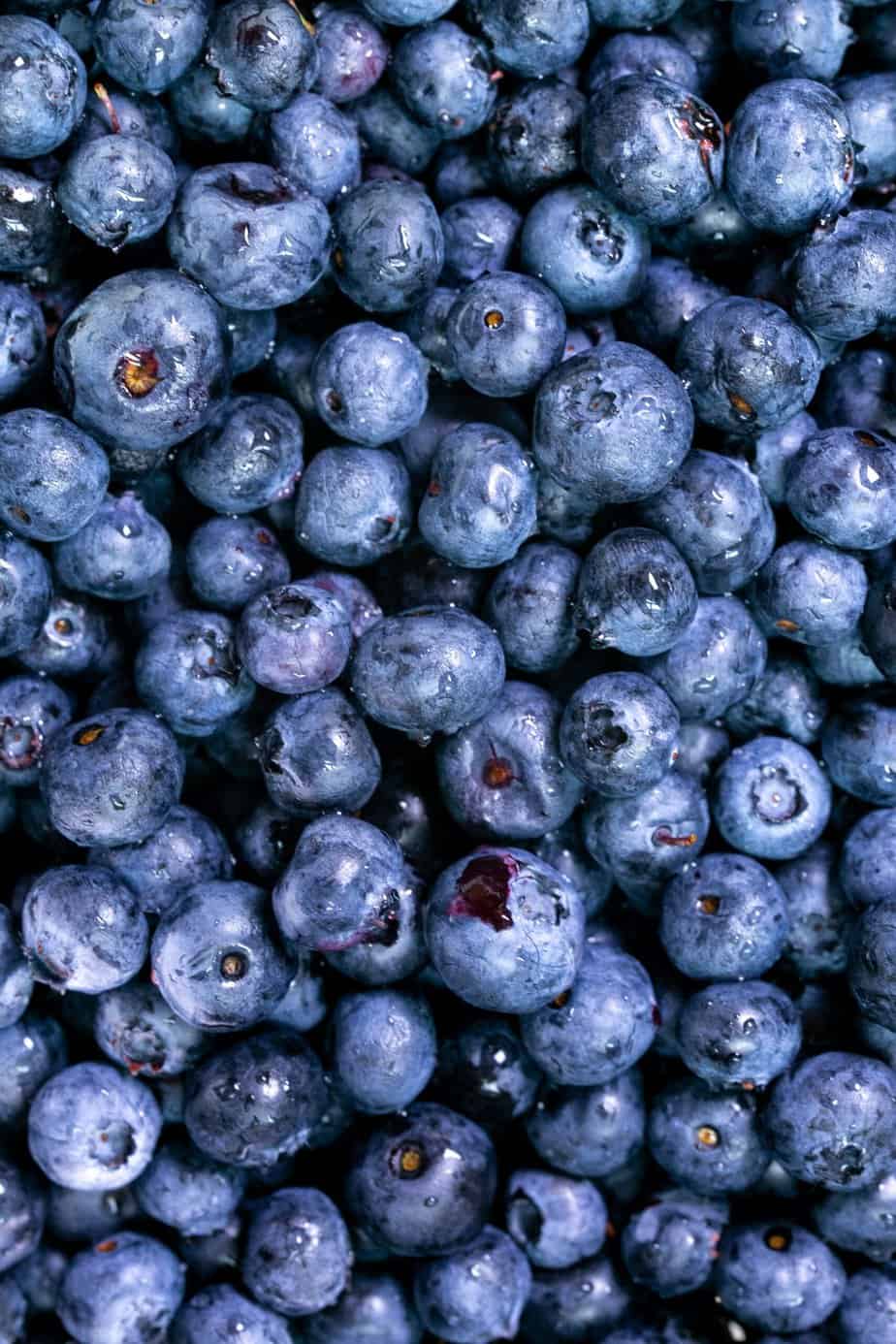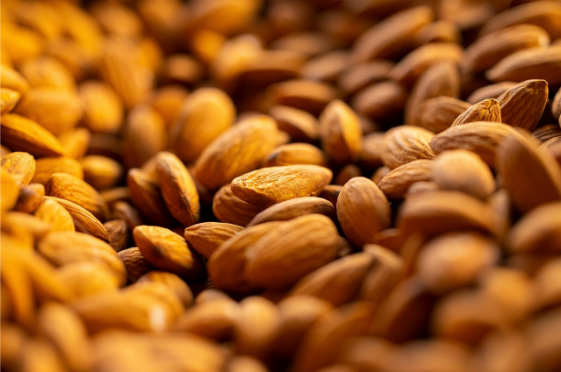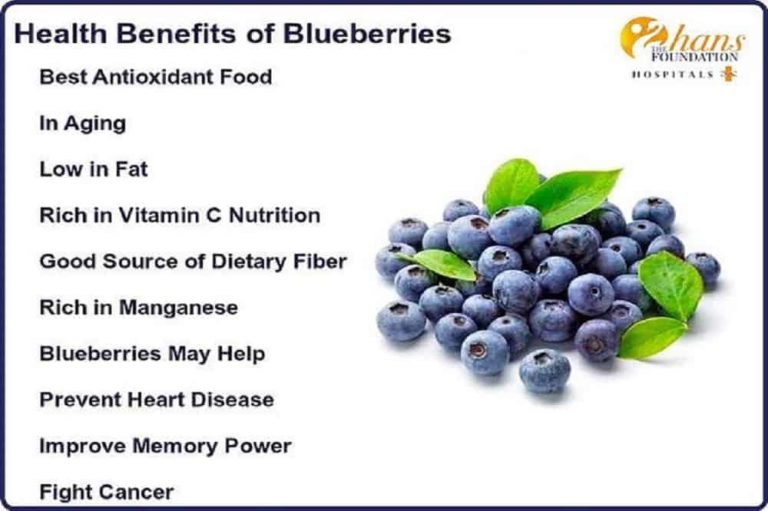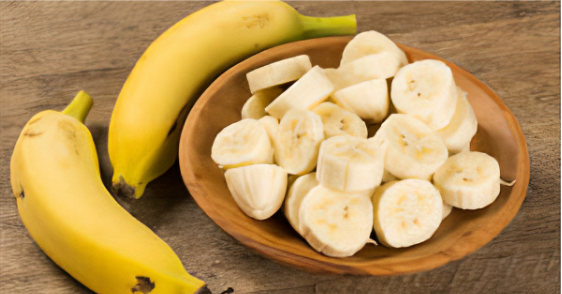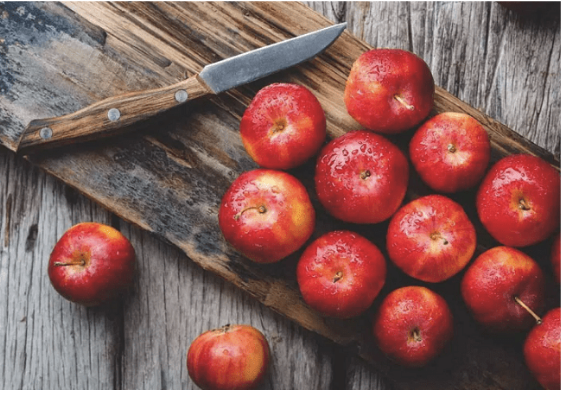Nutritional Value Of Blueberries
Blueberries, especially those grown in the wild, are rich in trace elements. This doesn’t mean much unless a person knows just what is meant by the term “trace elements.” It is understood that the human body requires eighteen different mineral elements for good health and growth.
Blueberry Macronutrients:
- Calcium
- Phosphorus
- Sodium
- Chlorine
- Potassium
- Magnesium
- Sulfur
Half of one percent or more are, therefore, called macrominerals.
The remaining blueberry”trace elements” or microminerals include:
- Iron
- Iodine
- Manganese
- Copper
- Zinc
- Cobalt
- Fluorine
- Selenium
- Molybdenum
- Chromium
- Boron

The Importance of Trace Elements
Scientists have now concluded that deficiencies in many of these trace elements play a bigger role in human health than previously imagined by doctors. A series of papers focused on this at the meeting of Scientists and Researchers at the 1985 American Association for the Advancement of Science. Many of these research papers reported links between trace elements and health problems.
For instance, deficiencies of copper in the diet of the older population are widespread and believed to be connected with various conditions. These suspect conditions include bone fragility, anemia, connective tissue diseases such as arthritis and lupus, heart arrhythmias, elevated blood cholesterol levels, blood sugar imbalances, heart attacks, and coronary heart disease. Such deficiencies of copper have been attributed to the excessive intake of refined and processed foods. For the most part, processed foods are lacking in this very necessary trace element.
Chromium And Healthy Blood
Another research paper presented by Walter Mertz (1923–2002), then the USDA’s Human Nutrition Research Center director in Beltsville, Maryland, focused on chromium. Chromium is recognized as being essential to bringing the hormone insulin together with insulin receptors on a cell’s surface. When this occurs, glucose (blood sugar) in the circulating blood plasma is immediately converted into energy for body muscles and organs to utilize in their various physical and biochemical activities. But without sufficient chromium, insulin is practically useless, resulting in elevated blood sugar. Without active insulin, low chromium is likely one of many causes of diabetes, obesity, and fatigue. Mertz noted that “this is one of the few trace elements that consistently declines with age.” Consequently, it stands to reason that our bodies require more of this vital trace element as we age.
Molybdenum And Tin Add To The Nutritional Value Of Blueberries
Scientists have discovered the importance of other trace elements from blueberries, which Doctors are just now beginning to learn about from reports. Jonathan V. Wright, a Washington State alternative physician, had successfully treated many allergy cases with intravenous and oral molybdenum solutions. Right up until FBI agents, working in conjunction with state troopers and local county sheriff’s deputies, raided his clinic sometime in 1993. They confiscated all of his nutritional supplements and patients’ medical records on the false pretext that he was prescribing “dangerous” things that could purportedly “harm” people. The law eventually distinguished between Molybdenum Trioxide, a poison, and Molybdenum, which is found naturally in spice and benefits digestion.
In recent findings, Tin is a Vital Trace Element. Tin is a benefit for the thymus, as iodine does for the thyroid. Including more tin in the body from dietary sources is believed to somewhat slow down this thymic shrinkage.
The system can lose trace elements by imprudent eating habits, highly processed foods, and old age. Another common factor that causes substantial losses of vital micronutrients is stress. If various mental, emotional, and physical stresses are combined all at once, then the loss can show up within a shorter time.
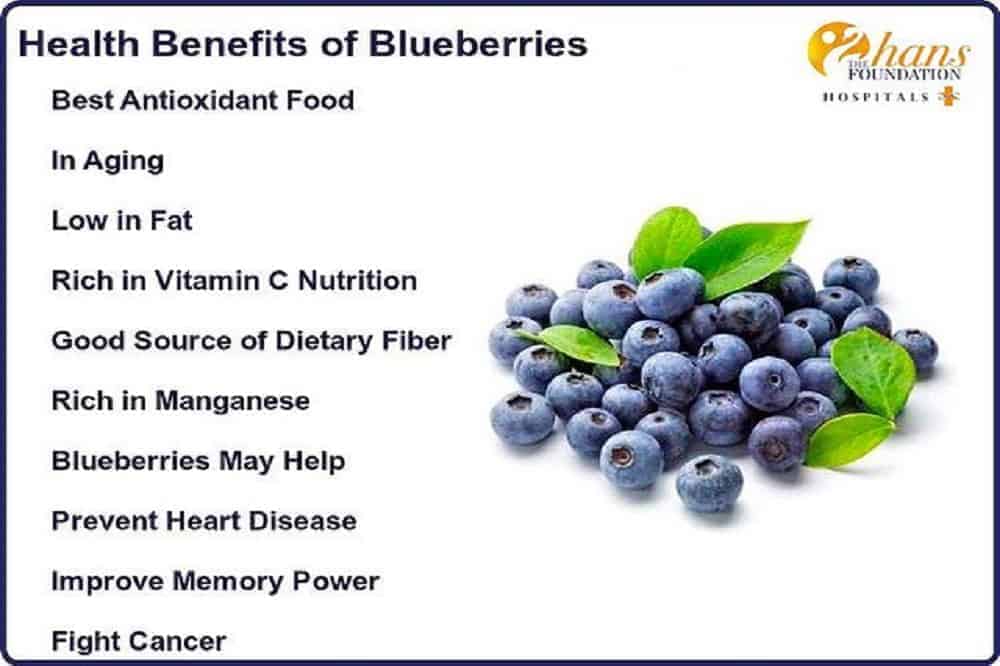
Until recently, little attention had ever been paid to the food value of blueberries. Paleonutritionists and anthropologists wonder where these Stone Age primitives got all their incredible energy and stamina. Well, believe it or not, the kitchen refuse had been carefully explored. The study of human feces from the front or back of many damp caves was thoroughly analyzed. In conclusion, prehistoric hunters and gatherers made meals of nuts, seeds, and, specifically, blueberries. Scientists attribute this diet to their thicker bones, stronger muscles, tougher skin, greater nerves, clearer vision, healthier lungs, better hearts, and vastly improved digestive systems.
Blueberries Have More Trace Elements Then Many Other Foods
Samples of fresh vegetables, fruits, berries, and mushrooms were obtained during the growing season 1976, either from gardens, produce markets, or the forest. Additional samples of frozen, canned, and dried commodities were collected later in the same year. The produce was sorted, washed, in some cases peeled, dried, or freeze-dried, and homogenized in a blender. Then, a study analyzed all of this food for its trace element content.
Blueberries constituted a significant part of this research. Overall, the research on a dozen berries contained “statistically significant” trace elements. They found the following elements of iron, copper, manganese, zinc, molybednum, cobalt, nickel, chromium, fluorine, selenium, silicon, rubidium, aluminum, boron, and bromine. Wild blueberries showed the most trace element amounts, “about ten times as high as cultivated blueberries.” Still, those that were homegrown yielded more micronutrients, as a rule, than most of the other berries in the study did.
The Ellagic Acid Connection
In recent years, scientists worldwide have been looking at something else in blueberries that holds great promise in medicine. The substance is called ellagic acid and is found in many berries. It was also found in some nuts, such as Brazil nuts. By providing ellagic acid diets, scientists discovered that cancer incidence greatly reduced throughout studies. Research on the health benefits of blueberries indicates that ellagic acid competes for DNA receptors also used by carcinogens. More recent studies in 1993 point to blueberries as “containing more ellagic acid than any other common food.”

Blueberries Found To Cut The Risk Of Stroke Almost In Half
Finally, a study by Dr. Elizabeth Barrett-Connor of the University of California at San Diego and Dr. Kay-Tee Khaw of Cambridge University in England reported in the 2000s. Fresh blueberries with vegetables daily could cut the risk of stroke almost in half. Ellagic acid and trace elements in the berries were attributed to this. Their report was published in the January 29, 1987, issue of The New England Journal of Medicine.
Let it be said that the health benefits of blueberries have proven to be positive. They are good for you in more ways than one. The evidence offered here is a small sum of the total body available, underscoring this point very nicely. Either wild or cultivated, blueberries should be consumed for good health.

